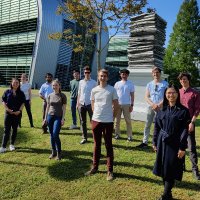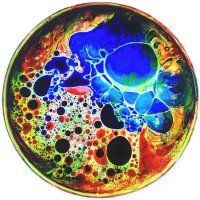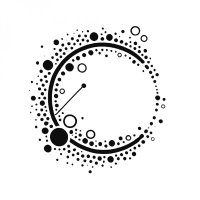
SpruijtLab
@spruijtlab
Our lab uses coacervate based materials to investigate protocells, synthetic cells, and biomolecular condensates. Also on Bluesky
*Operated by the lab
ID: 1100301995011948544
https://spruijtlab.com/ 26-02-2019 07:50:13
312 Tweet
1,1K Followers
883 Following

Over the weekend our publication on studying the surface charge of condensates on a single droplet level was published in Nature Communications! You can read it now here: doi.org/10.1038/s41467…

The Many-Chemicals Problem of Systems Chemistry by Oliver R. Maguire Oliver Maguire onlinelibrary.wiley.com/doi/10.1002/sy…


Exciting lab news! How can machine learning help us understand and predict #biomolecular #condensates? Thrilled to start my postdoc in Magnus Kjaergaard lab with this perspective led by Maria (Maria Correia Davis) in Journal of Molecular Biology. Check it out! sciencedirect.com/science/articl… #Biophysics #MolBiol #LLPS




Coacervates can accelerate (bio)chemical reactions and direct their outcome. In our new review by Iris Smokers we detail how their unique properties allow them to function as catalytic microcompartments at the origins of life. Have a look here: pubs.acs.org/doi/10.1021/ac…

Our latest article in J. Am. Chem. Soc. on Myelin Surfactant Assemblies as Dynamic Pathways Guiding the Growth of Electrodeposited Copper Dendrites: pubs.acs.org/doi/10.1021/ja… #selfassembly #selforganization #lifelikematerials #systemschemistry #amphiphiles

We are thrilled to announce that our latest review on the role of biomolecular condensates in protein aggregation is now published in Nature Reviews Chemistry! Many thanks to the reviewers for their valuable suggestions and feedback. Open access here: nature.com/articles/s4157…

The role of biomolecular condensates in protein aggregation nature.com/articles/s4157… A review by Brent Visser, Wojciech Lipiński & Evan Spruijt from SpruijtLab Radboud University



Check out a new Nature Portfolio article collection on Liquid–liquid phase separation in cells. nature.com/collections/ia… As part of the many great articles, you will find a Review from the SpruijtLab published recently in Nat. Rev. Chem. nature.com/articles/s4157…



Ever wondered when coacervates appeared on early Earth and what they looked like? Think no more and have a look at our new preprint! Incredibly proud of @karinakinuyo and Nina Mihoubi for their incredible work, dedication and patience! 🤩 chemrxiv.org/engage/chemrxi…




Curious how biocondensates localize ions? We found that condensates selectively bind and localize both chaotropic anions and kosmotropic cations. This alters the condensate composition, interface potential and RNA duplex stability inside. By Iris Smokers biorxiv.org/content/10.110…


